FiiO BTR15 Bluetooth Receiver – Absolutely Wireless DAC/AMP
FiiO BTR15 is a $119 USD / EURO Bluetooth DAC / AMP / Receiver, with a super light design, and an upgrade from the popular BTR5 model, with an improved design and overall abilities. Today we are putting it to test, diving into an in-depth review, and comparing it to other popular Bluetooth Receivers, including Shanling UP4 2022 (85 USD), IKKO ITB03 HEIMDALLR (149 USD), and Khadas Tea (209 USD). We will also be exploring throughout the review what the differences between BTR15 and BTR5 are, as well as how things evolved from BTR5 2021.
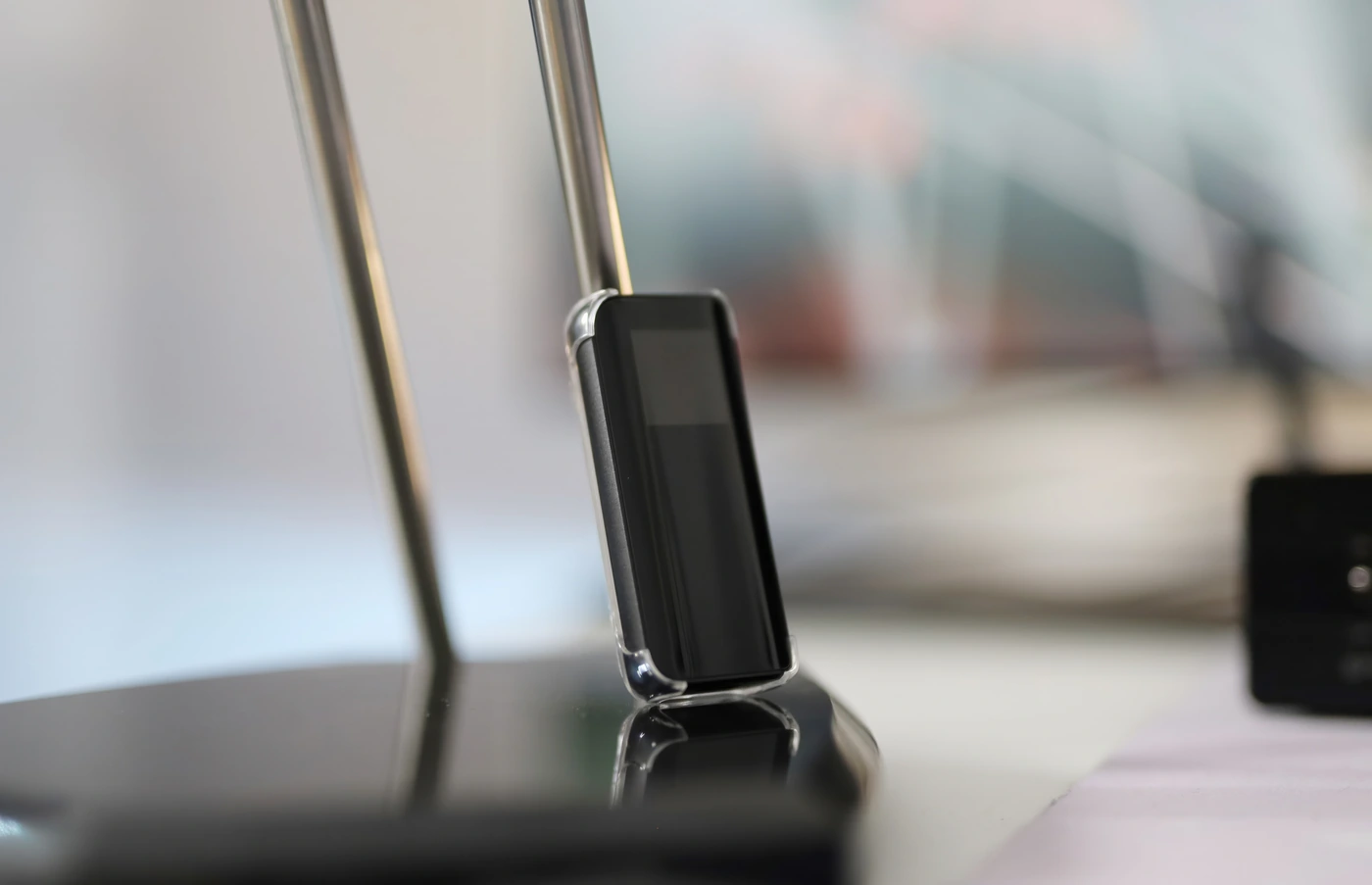
Introduction
FiiO is on a roll with the selection of new DAC / AMPs that are wireless, and today we have the honor of reviewing the BTR15, the smallest, most portable of the bunch, designed to drive headphones and IEMs, but lighter than an actual pocket lighter. This one is packed with features, and should be an interesting choice for those looking to upgrade their portable setup without adding too much weight to it. As an Amazon Influencer, I earn from qualifying purchases, and using the purchase links in my reviews helps me maintain this Website and Youtube Channel. I want to update the review, after receiving some reports of issues, please update the firmware to the latest version. I do not encounter any issues with the latest firmware, and can confirm that the unit does find the last paired device and pairs automatically, and it won’t turn off if you remove the charging while it is connected to a phone via Bluetooth, tested with Samsung S23 Ultra, ASUS ROG 7 and Huawei P30 PRO.
I’d like to thank FiiO for providing the sample for this review, in exchange for my honest opinion. We are not receiving any incentive for this review and Audiophile-Heaven has no affiliation with FiiO beyond this review.
Product Link
You can grab one from www.amazon.com here – https://amzn.to/49mHXLq
If you’re in the UK, you can grab one from www.amazon.co.uk here – https://amzn.to/3HIwslM
And if you’re from Europe, you can grab one from www.amazon.de here – https://amzn.to/492uCZ2
Build Quality/Aesthetics
Starting with the design, BTR15 looks very similar to the good old BTR5, but with a more modern and sleek accent. We now have 4.4mm balanced headphone output, along with the 3.5mm single ended headphone output. The balanced headphone output has much better driving power and sound than the single ended one, and we have an independent power supply for the power amp. The face of the BTR15 has curved glass, just as the back, and there’s a sturdy aluminum frame in the middle, with a more premium look to it, but my prediction is that it will stay inside of a case most of the time, even if it is the plastic clip case. It looks better than BTR5 ever did, and feels more premium to hold and use.
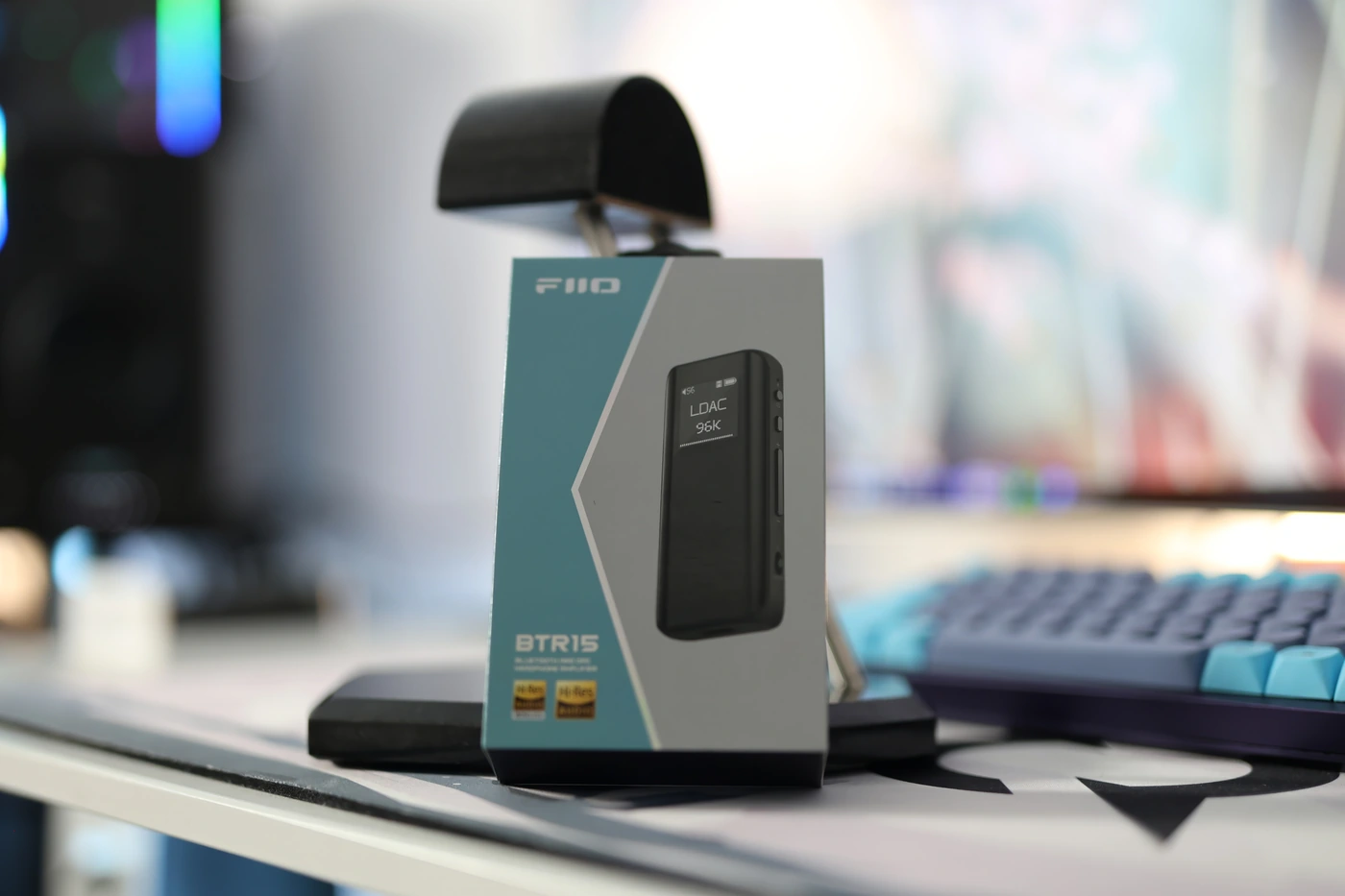
FiiO knows their public and how we’ve been using those portable DAC/AMPs, so they’ve implemented a new PC / BT / Phone switch, and as BTR15 is made to be used both portably and as a USB DAC AMP with wire, you can quickly switch between those functions. The advantage is that in Phone mode it doesn’t drain battery from your smartphone, while in PC mode, it does charge and act as a USB DAC. The BT mode is reserved just for it being a Bluetooth receiver, but it is still useful, as you can now charge it and use it at the same time.
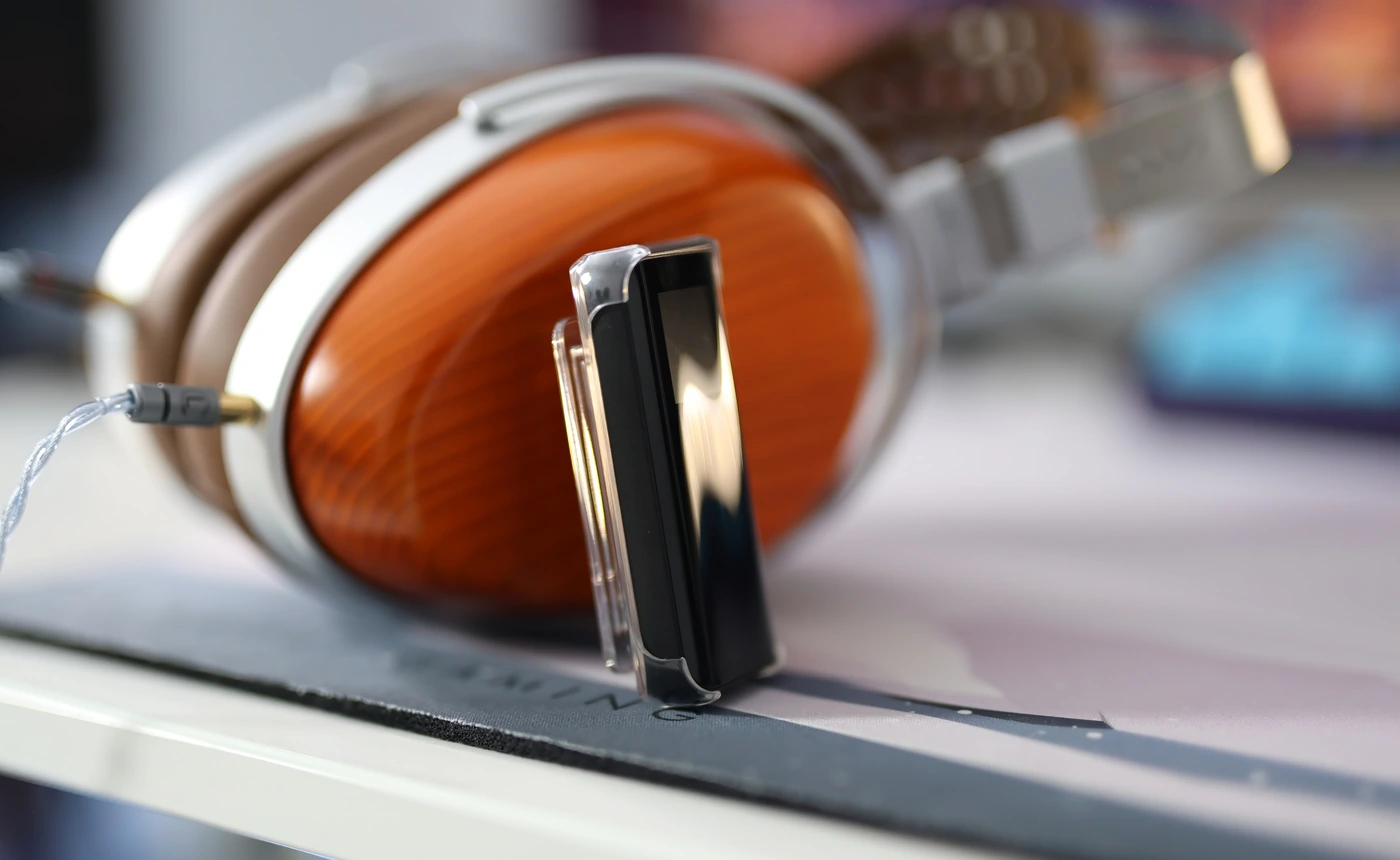
We have a Global Parametric EQ, which is a neat feature of BTR15, you can use EQ regardless of the input, and you can even configure this, to tune it for your current headphones and IEMs. This EQ mode works with LDAC, and it is implemented through the QCC5125 DSP, but it also works for the phone mode and the DAC mode, via the XMOS XU316 chip. It is normal for the BTR15 to disconnect when engaging or disengaging the EQ, as you’re literally engaging a new chip in the signal path.
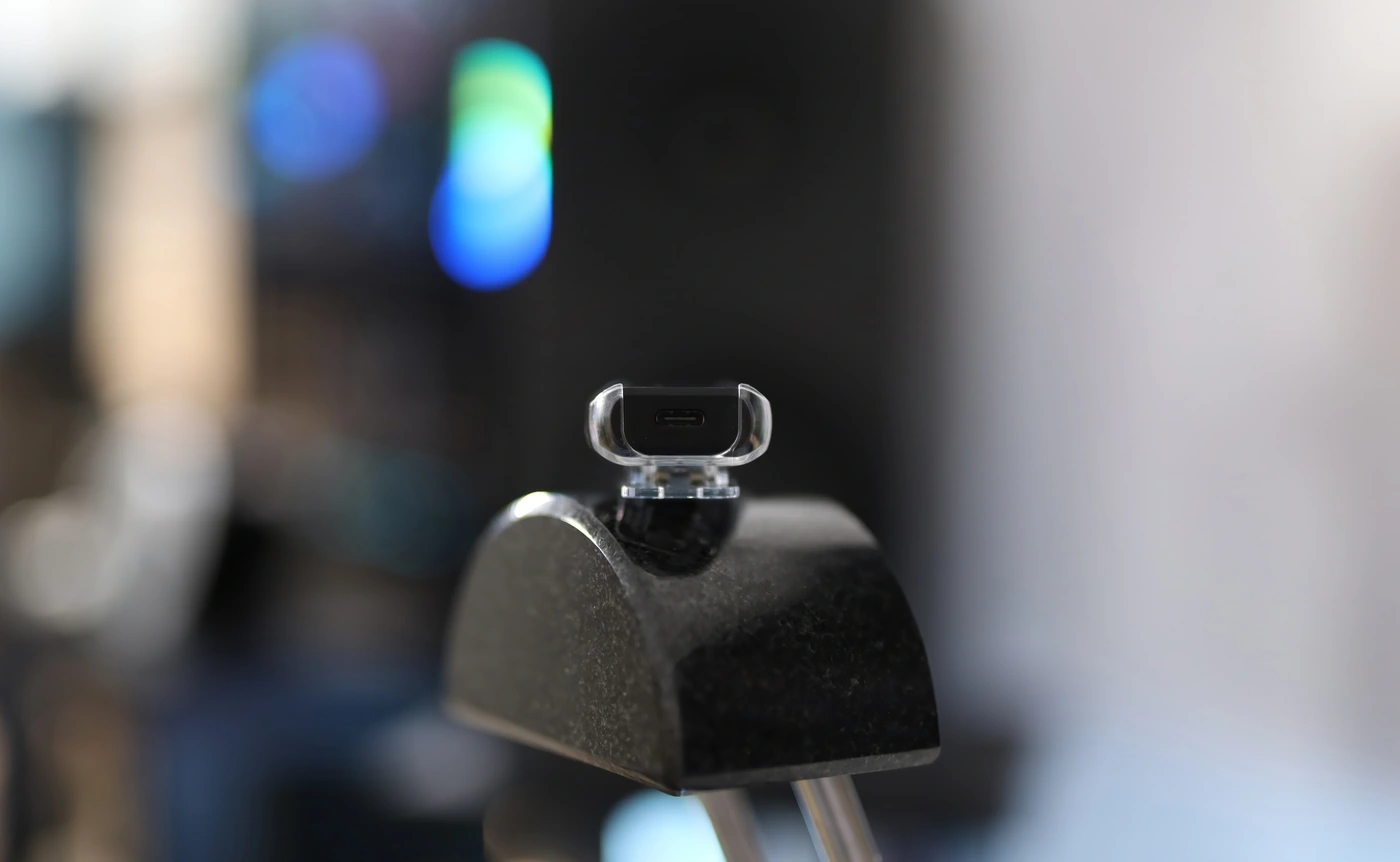
Speaking of the upgrades, we have the strongest Bluetooth chip on the market, the QCC5125 Bluetooth chip, paired with an XMOS XU316 16-core chip to support high-resolution playback. This pairing also gives BTR15 MQA Full Decoder, for any music app, up to 384 kHz. Another interesting upgrade is the display, as it has a 0.96″ OLED display, and although it is a large display, with a bright maximum brightness, it also supports both Chinese and English.
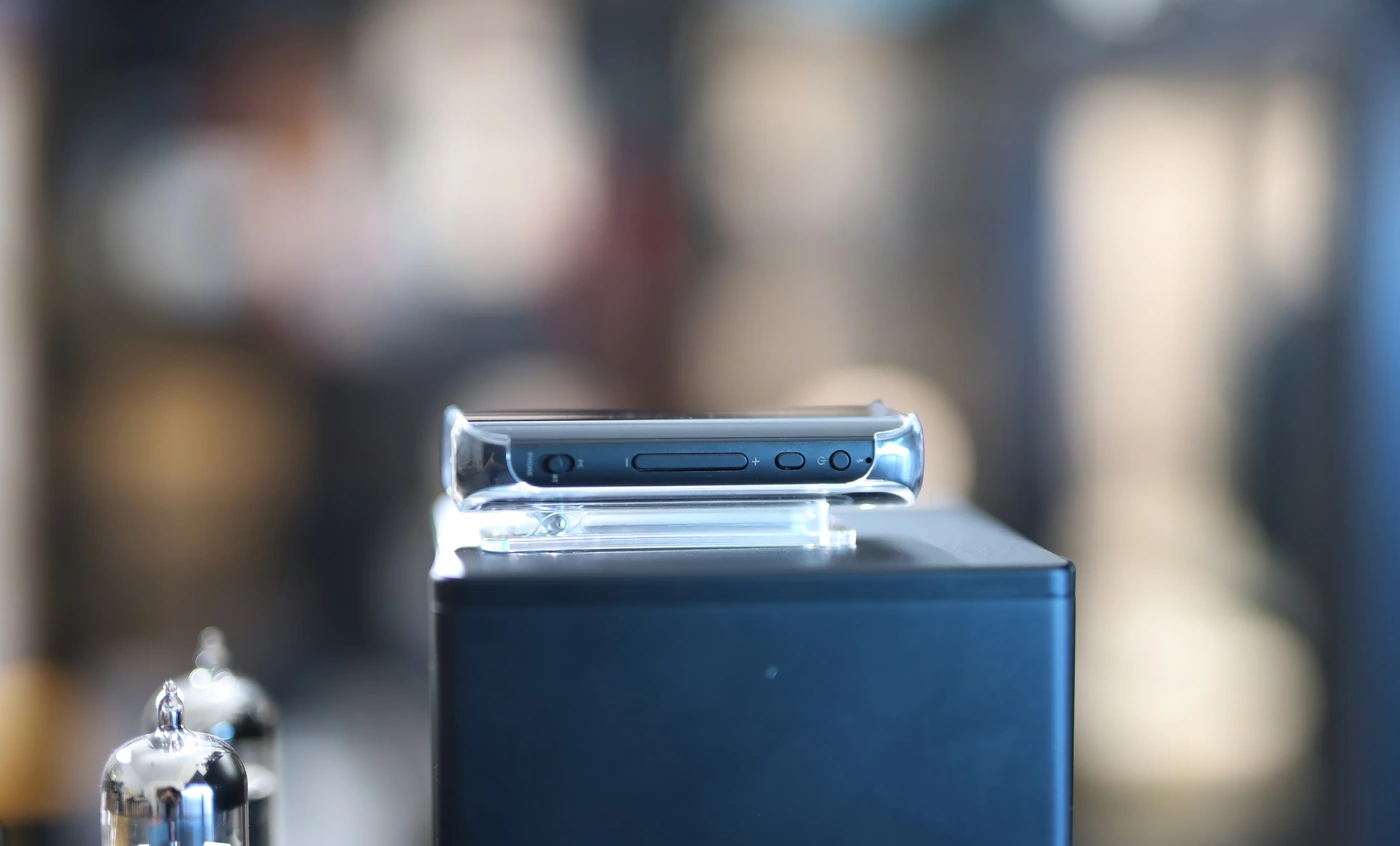
The audio part of BTR15 is really beefy, and the power supply gives independent power to the amplifier part, separate to the digital part, so you get a separate power for driving IEMs and headphones, which is filtered through low-dropout, High PSRR LDO, and a Low Noise Charge Pump, with Low-Dropout characteristic. This is processed through an ES9219MQ DAC, which is implemented as a dual DAC. The maximum power for the Single ended output is 125mW per channel, so 125mW x 2, for a 32 OHM impedance, but that goes to a whopping 340mW per channel, so 340mW x 2 for the Balanced output, for the same 32 OHM impedance. The SNR is crazy good, at 122dB, and the output impedance is <1 OHM for the single ended headphone output, and <1.5 OHM for the Balanced headphone output. With a THD of just 0.0008%, BTR15 will distort less than some of the most expensive DAC/AMPs in the whole world.
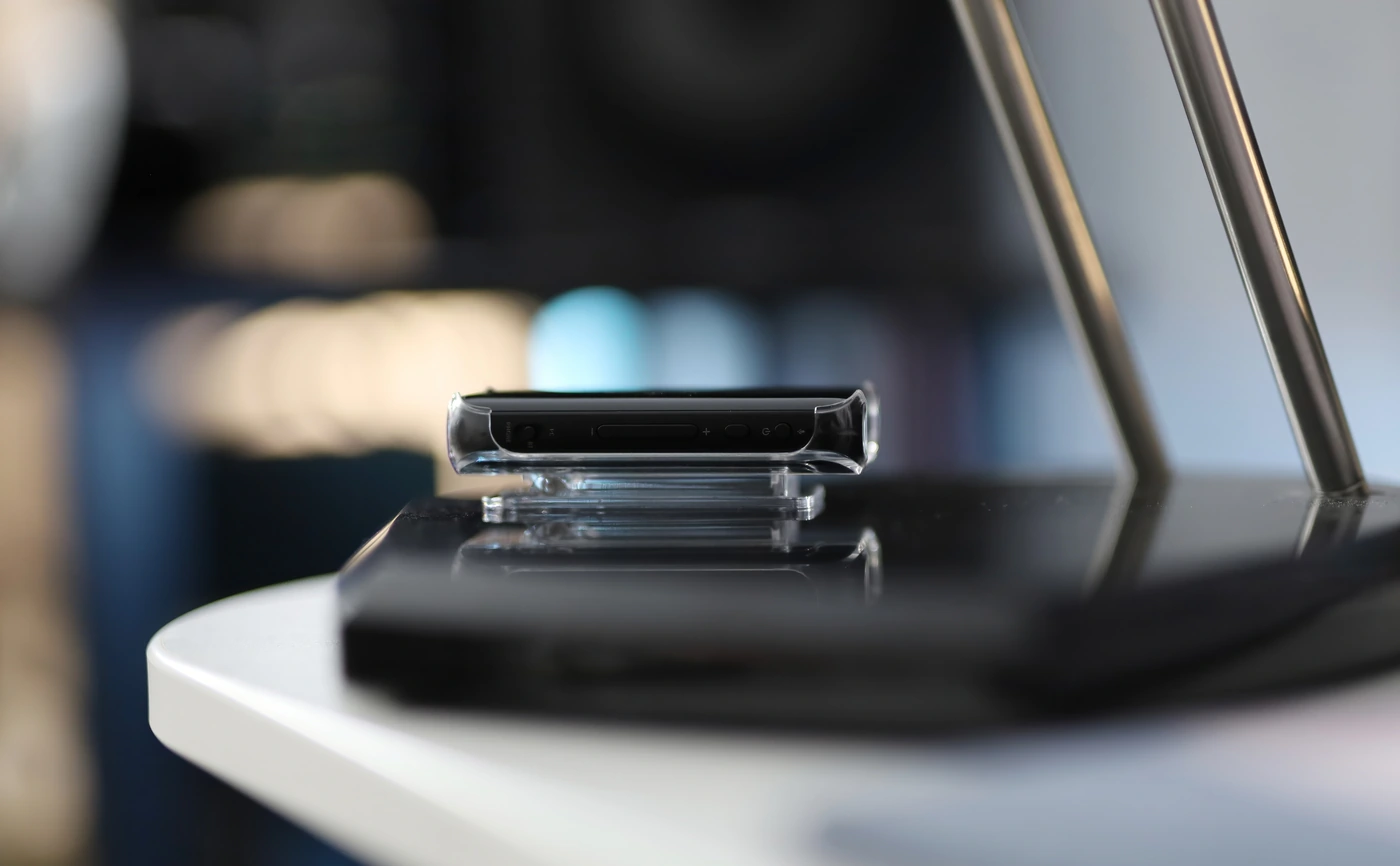
At the software level, we have support for UAC1.0, which means that BTR15 is compatible with all consoles, and portables with no need for a driver. The battery life is similar to BTR5 and other bluetooth DAC/AMPs which is around 8 hours for the average user, and around 6 hours if you’re using the balanced output, low impedance IEMs and high volumes a lot, via LDAC or aptX HD. The Bluetooth codecs support list is rich, we have AAC and SBC, the base, but also aptX, aptX LL, aptX Adaptive, and aptX HD, but also LDAC. The USB DAC is also insane, it supports up to 32 Bit / 34kHz, and DSD signals up to DSD256. Something that people always wanted and has been implemented by FiiO is the feature that if BTR15 stays connected for a long period of time to the computer, it stops charging, and the battery will not degrade in time.
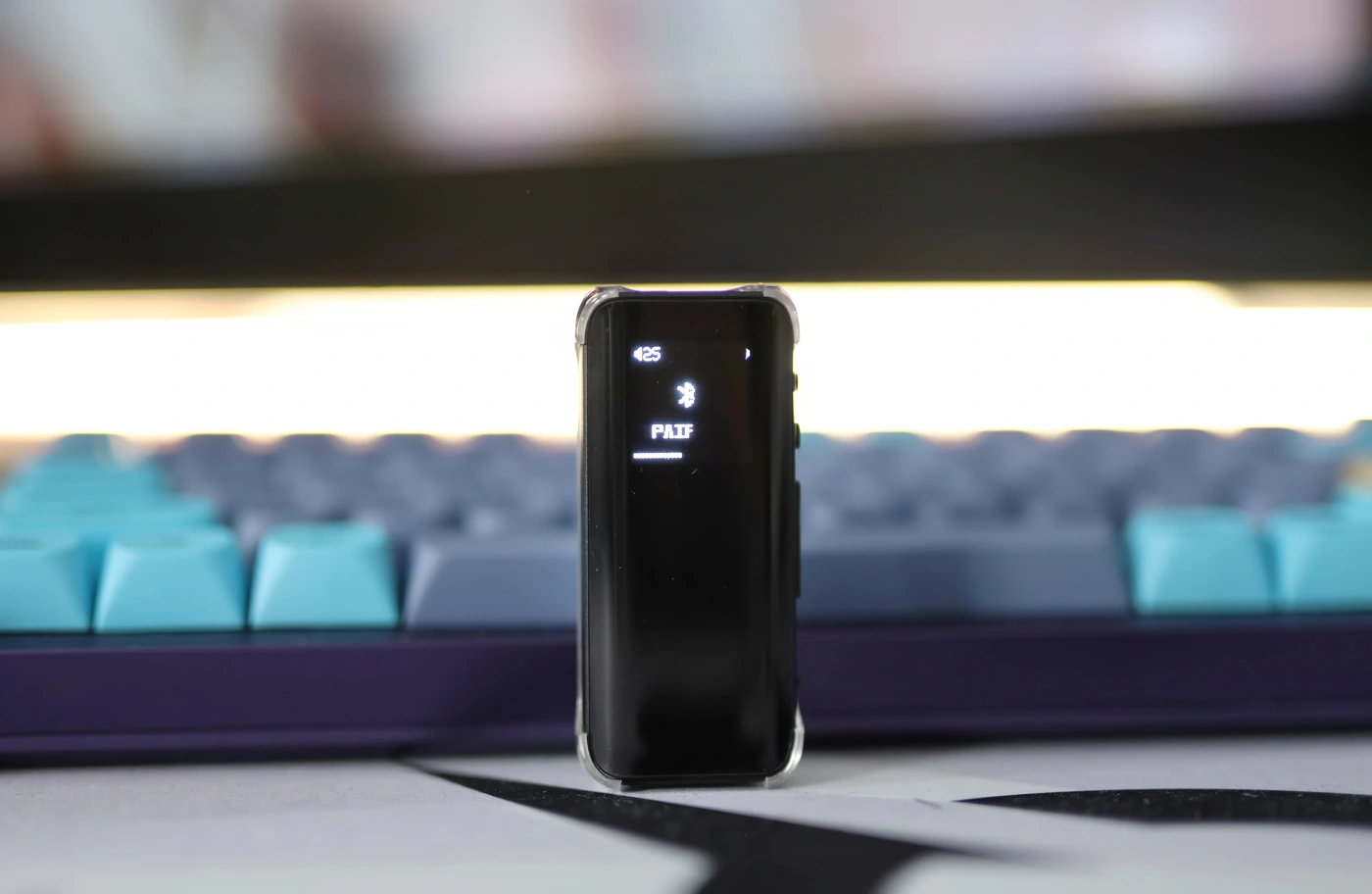
Subjectively, BTR15 is incredibly light, at 37.3 grams, being much lighter than any headphone I tried to date. It is also looking super neat, the menus are easy to navigate, and the battery lasts nicely for 3 days of usage for me, with about 2 hours of usage per day, loud, with LDAC. Using it as a USB DAC is really easy, you do not need to install the driver, and there is absolutely no delay for the USB connection. Engaging the EQ drops the volume considerably, and the sound is also slightly different even if no EQ profile is selected, but that is not a problem, the sound is actually a bit smoother and less aggressive, especially in the treble.
Using Bluetooth, the connection is very good. It connects almost instantly to my smartphone, and it works flawlessly. Regardless whether I am pairing it with Samsung S23 Ultra, Huawei P30 PRO or with Asus ROG 7, it works well. The sound is very similar between the Bluetooth input and the wired input, and I can barely tell them apart, although you will tell the quality of the source very easily, so a song from Youtube versus the flac album version of that song versus a high-resolution version will be easy to tell apart. MQA works well, and now that I am testing Tidal, it pairs well with BTR15.
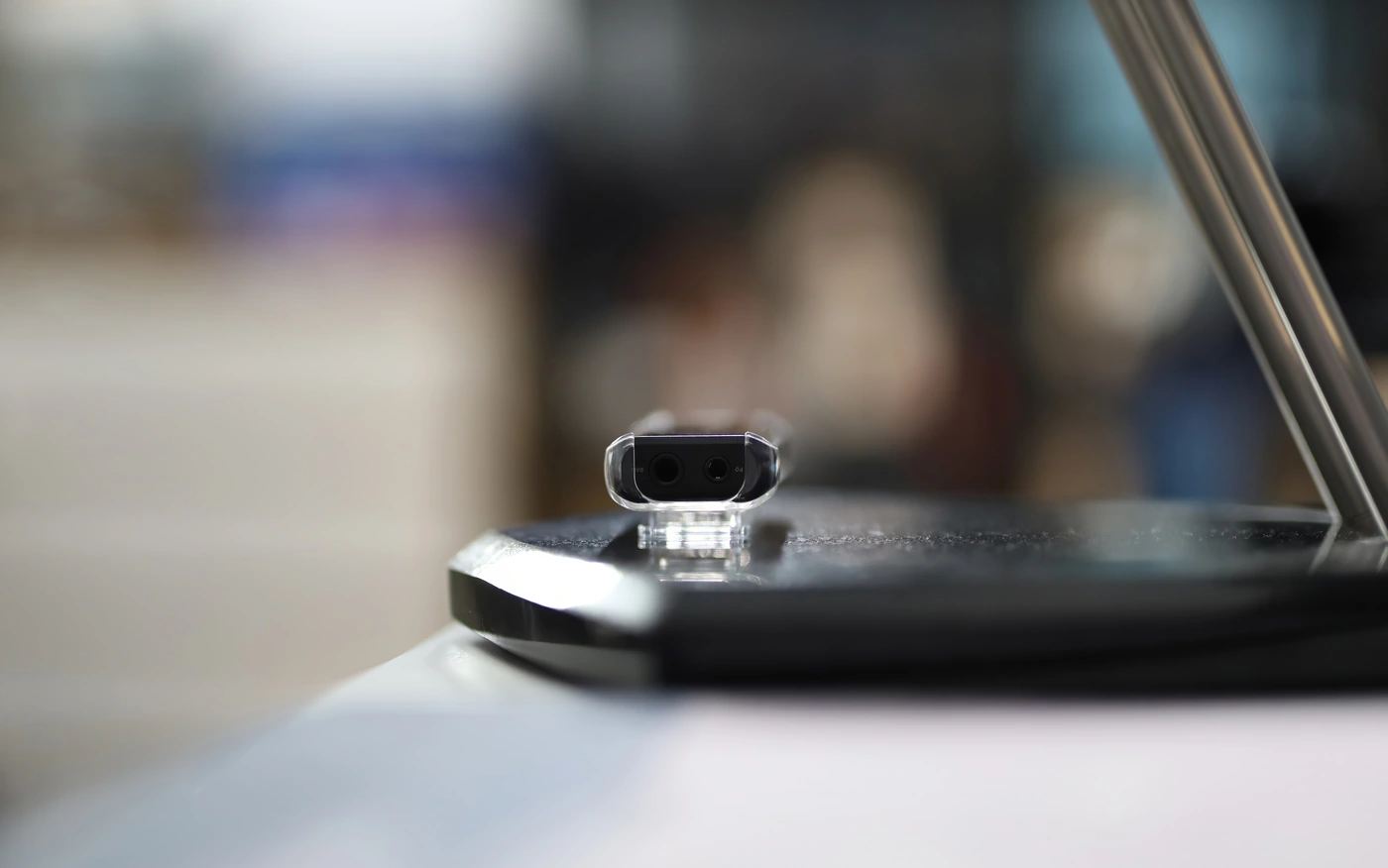
To test the driving power of BTR15, I’ve paired it with a selection of IEMs and Headphones, and the IEM list includes Sennheiser Ie900, Campfire Ara, Letshuoer Cadenza 12, Westone MACH 40, iBasso IT05, SeekReal Airship, Jomo Pantheon P3, and HIDIZS MS5. The headphone list actually includes beefier headphones, and hard to drive options, including HIFIMAN He1000SE, HarmonicDyne Zeus Elite, Sivga SV023, Sivga Luan, Crosszone CZ-10, OLLO S5x, Erzetich Thalia. For driving headphones, I am dumbfounded by how powerful it can sound, and how good driving power it can have, and it can take HE1000SE to high volumes with little distortion. The sound won’t have the most bass you can expect from HE1000SE, but it is still impressive, and at lower volumes, it is a pairing I can do with thanks to the low distortion and good quality.
For IEMs, the story is a bit more complex, because it is important to use the balanced output, so you will need a balanced cable, and it is also a good idea to have an IEM with a higher impedance. The output impedance of BTR15 is not very high, but with ultra sensitive IEMs like Ambient Acoustics MAD16, you can hear some background hissing, although there is no background noise to talk about. The sound is also very controlled, but it is also a good idea to turn the gain low, so that the sound doesn’t come through as overdriven or too forward / aggressive.
Sound Quality
The overall tuning and signature of BTR15 is clean, controlled with no background noise, but excellent dynamics and resolution, a rounded soundstage which is both wide and deep, good instrument separation, and if you engage the EQ, the sound is quite smooth and relaxed, while with no EQ engaged, the sound is more forward, and punchy, with good delivery of impact. We have a rather natural sound, with no peaks and dips, the bass is generally neutral, clean and controlled. While in the past I could be quotes as saying and recommending to always use higher gain for both IEMs and headphones, I think that it is important to match the gain with the headphone or the IEM, not just for the volume control, but also to get the most controlled, detailed and cleanest sound possible. For example, BTR15 on low gain is better for IEMs, it gives better control, makes the sound slightly less forward and smoother, offering a more mature and refined listening experience. The high gain mode adds a lot of power and punch for hard to drive headphones, but even with HE1000SE high gain can become very loud before reaching the maximum volume limit on BTR15.
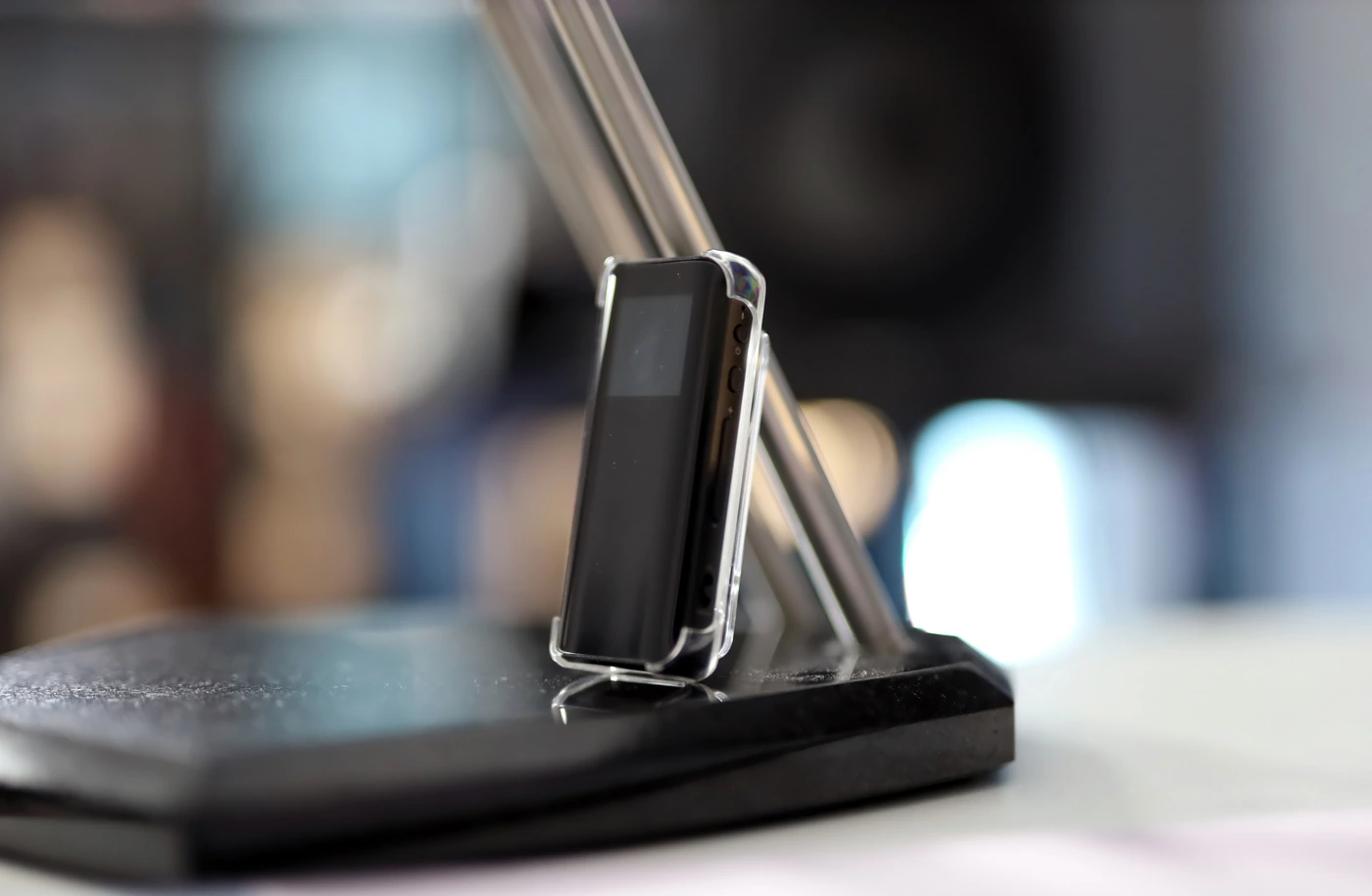
FiiO is slowly becoming one of the leaders when it comes to offering a full and rounded bass, as both the new Q15 and BTR15 have a really detailed, controlled and clean bass, with exceptional resolution, and a rounded feeling, going well into the sub lows for IEMs and headphones that it can drive, but offering a bit of extra warmth, enough to keep music flowing and entertaining. I remember describing the overall sound of the Dethonray SG1 in a similar fashion, so I had to dig it from the collection, and SG1 has much more bass relative to the midrange and the treble, but BTR15 has a really similar character for the bass, really smooth and fluid. BTR15 thus works well for all music styles, both EDM and Metal, speedy songs and slower songs, the bass rendered is really similar to the one recorded and it has no inherent weakness. Most of the energy in the bass is around 50Hz – 60Hz, so BTR15 doesn’t have a particular focus on the sub-lows, although it can reach those when the song has them.
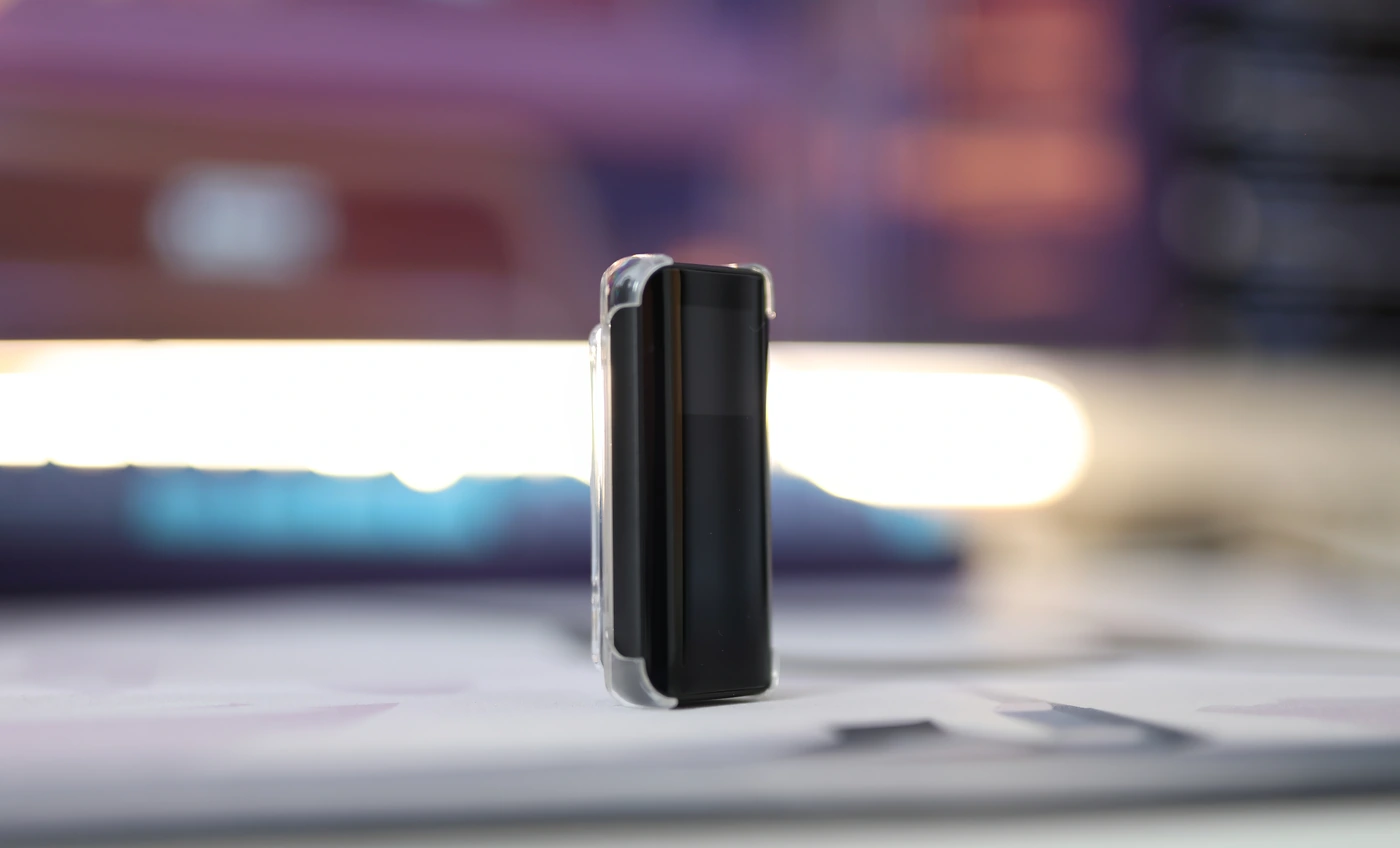
The midrange is where the magic happens in music, and that’s true with BTR15 too, as it has a pleasing tuning and signature, which emphasizes both male and female voices, guitars and pianos, keeping things as smooth in the mids as they were in the bass, with a fuller, more rounded presentation. The soundstage is rounded, on the slightly intimate side, having about the same extension in the depth, width and height, everything plays in a sphere around the listener. The sound is well separated, detail and resolution is good, better than you’d expect from 120 USD, both over the wired connection and the bluetooth LDAC / aptX connection. SBC or AAC will cut on the resolution, but that’s just natural for any audio product that is Wireless. The overall resolution is better than it was on the BTR5 and BTR5 2021, with better micro detail and a smoother texture presentation.
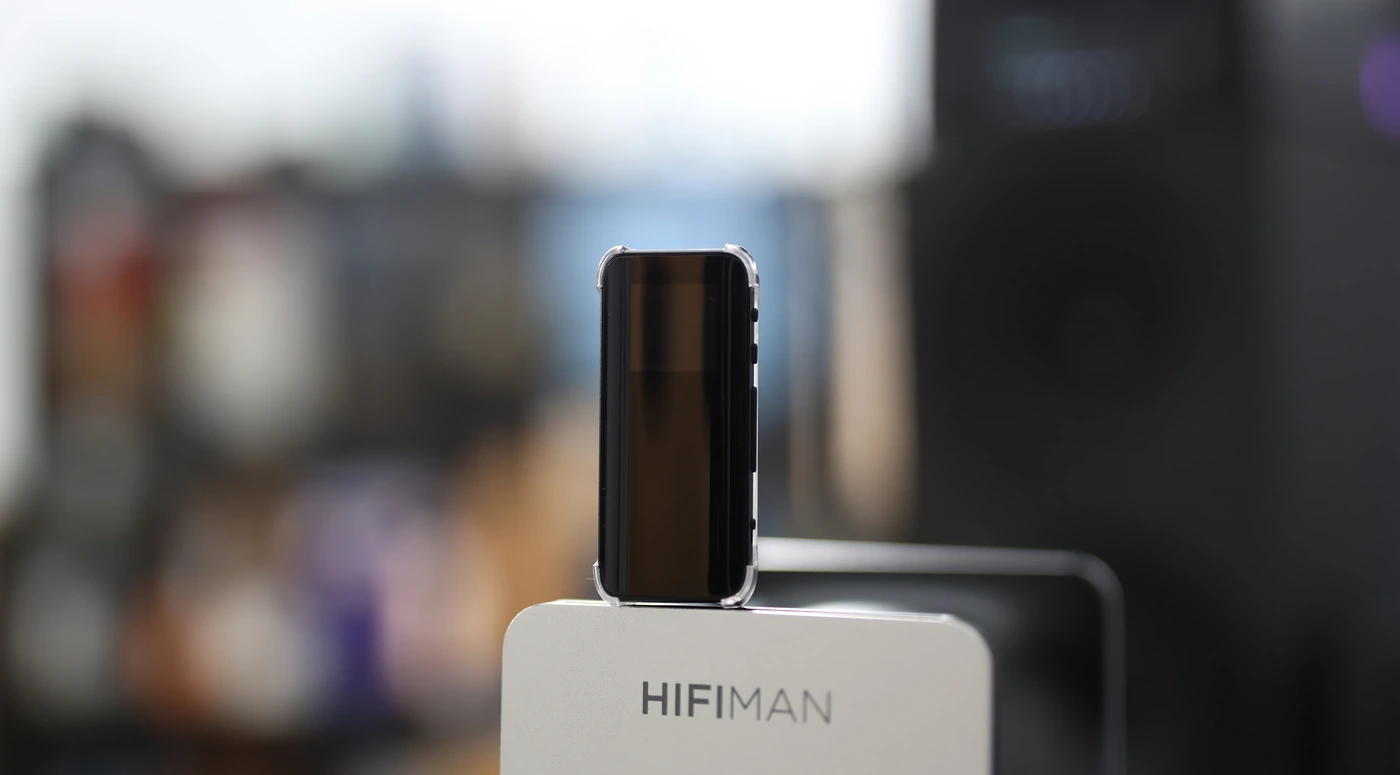
We also have big improvements in the dynamics, with BTR15 sounding natural instead of compressed, and somehow having a strong enough antenna and processing for both LDAC and aptX to sound dynamic and punchy, engaging. When it comes to the transients, they are a bit stronger and better defined if using it as a wired DAC, and if you’re using a high-end music source, like Tidal Lossless, listening to your own albums, and BTR15 is easily able to reveal the differences between those, better than BTR5 and BTR5 2021 were able to. Naturally, FiiO makes Q15 if you need even more, but BTR15 is just a really special balance between cost and sonic performance, offering the sweet spot of having the best performance for the price paid, as we’re typically seeing in the entry-level range.
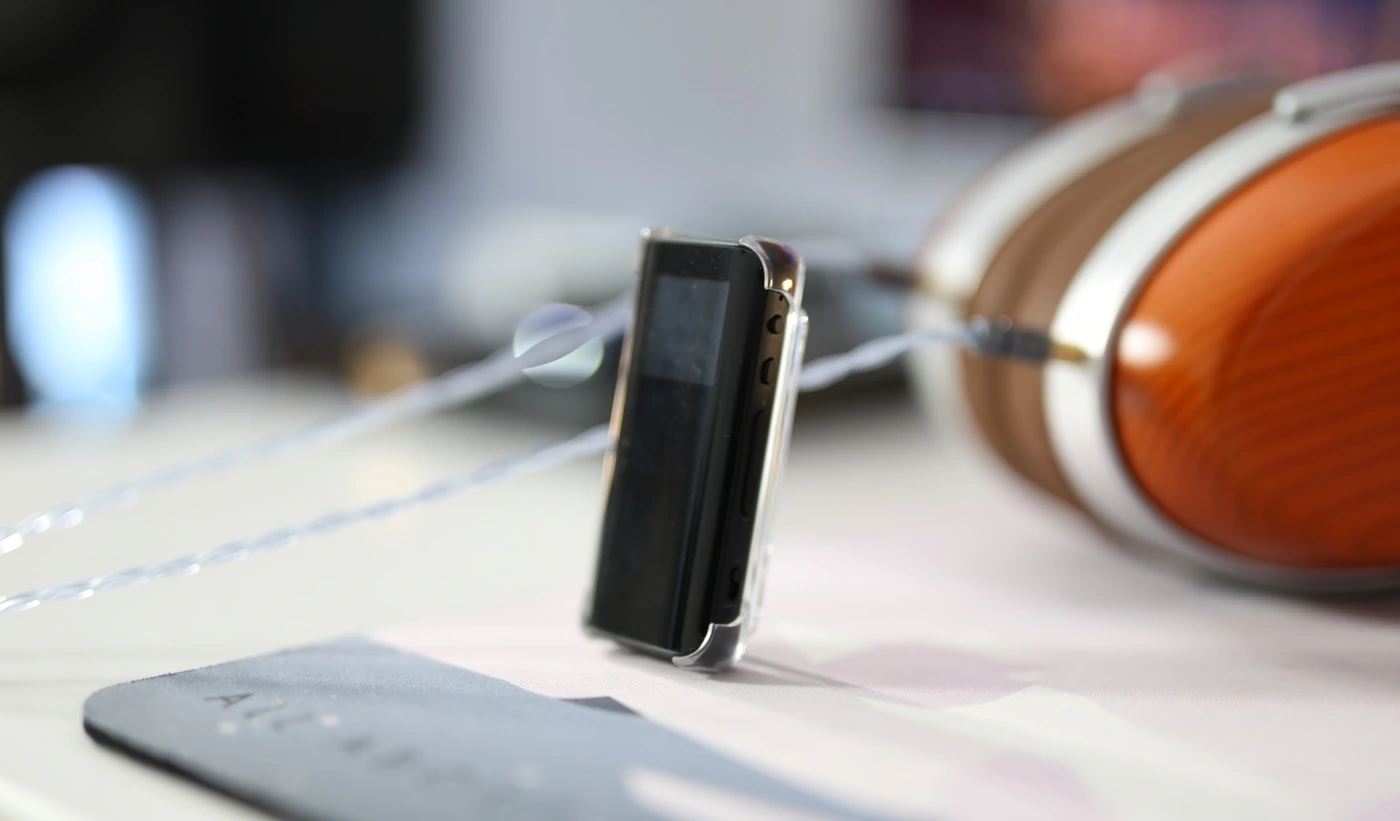
The treble of BTR15 is crisp, bright, revealing and sharp, with a strong treble extension, no roll off in the upper registers, which aids the feeling of resolution and detail. The treble character is slightly less smooth than for the midrange and the bass, allowing more transient precision and resolution, showing off a bit more texture, and while it can cause a bit of extra fatigue with sharp and bright sounding IEMs, it keeps music detailed and sparkly, with a strong bite and good resolution. You can easily tone down the treble using the EQ, and this is an important aspect of BTR15, but with an EQ that works for both the Bluetooth input and the USB DAC input, you’re likely to find sonic bliss for all IEMS and Headphones it can physically drive. In fact, except for some of the hardest and meanest Planar Magnetic flagships, and some select dynamic headphones, such as HD 660 S2 and HD800S, BTR15 safely drives most headphones I have in my collection, such as OLLO S5X or HarmonicDyne Zeus Elite. I found it super pleasing that I can just add some extra sub bass for Zeus Elite, and improve on their treble too, with the EQ, and not having to employ any complex software, everything being embedded in +BTR15.
Comparisons
FiiO BTR15 vs IKKO ITB03 Heimdallr (119 USD vs 149 USD) – I often think that ITB03 is underrated, and the kind of performance it has is really good, but it bears the disadvantage of having the size of a mini DAP, and somehow BTR15 manages to have a higher driving power, with more punch, higher maximum loudness and mre control at maximum volume, despite it being smaller and more affordable. ITB03 has a smoother, warmer sound with more emphasis on the bass, a smoother, more relaxed treble, which gives BTR15 the space to shine for a brighter, more airy treble, a wider soundstage, and more resolution, especially in the higher registers and sharper transients. Both are good options, but for a portable option, BTR15 comes with a clip case, is smaller, and as both have about the same battery life in practice, ITB03 is for those who want a smoother sound with a warmer bass, and intentionally, but you could get the same with BTR15 with a bit of EQ and tweaking.
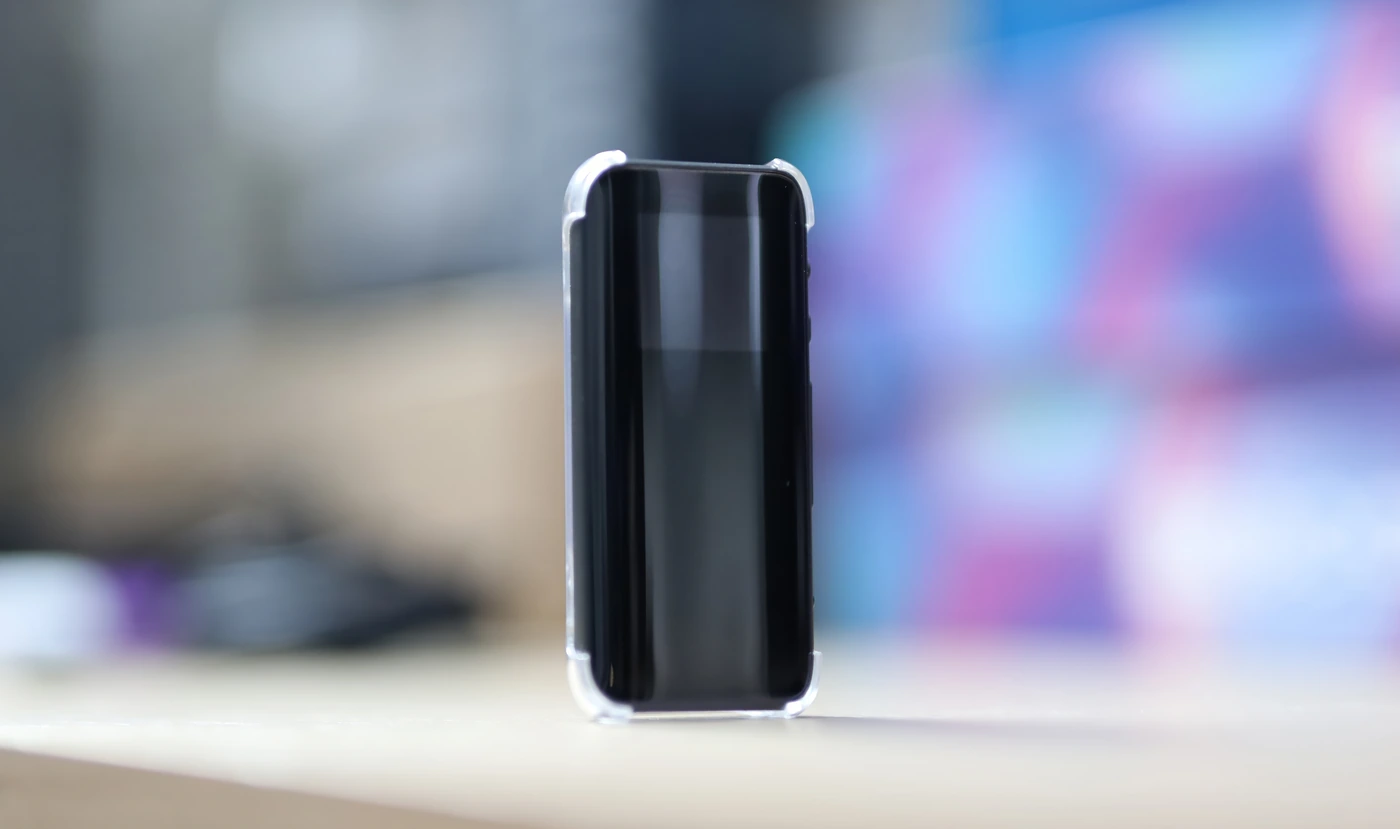
FiiO BTR15 vs Khadas Tea (119 USD vs 209 USD) – Although the Tea from Khadas has a genius sound, it is often forgotten because it came with a magsafe lock, despite Apple not having any high-end Bluetooth transfer protocols, so the tea often ends up with an Android phone or using wires. The sound of the Tea is more neutral than that of BTR15, so BTR15 sounds more rounded, smoother. Both are really forward in high gain, but BTR15 becomes more relaxed and smoother in low-gain, as the gain level seems to change its characteristic and sound a bit more than it does with other devices. There is a good space for each, and if you have an iPhone, the Tea makes a bit more sense as the MagSafe magnet will keep it flush with no additional effort, while for a portable setup, or something you’ll likely use with a Windows PC, FiiO BTR15 is more practical, and especially for a more affordable device, with a more rounded sound, it is easier to recommend.
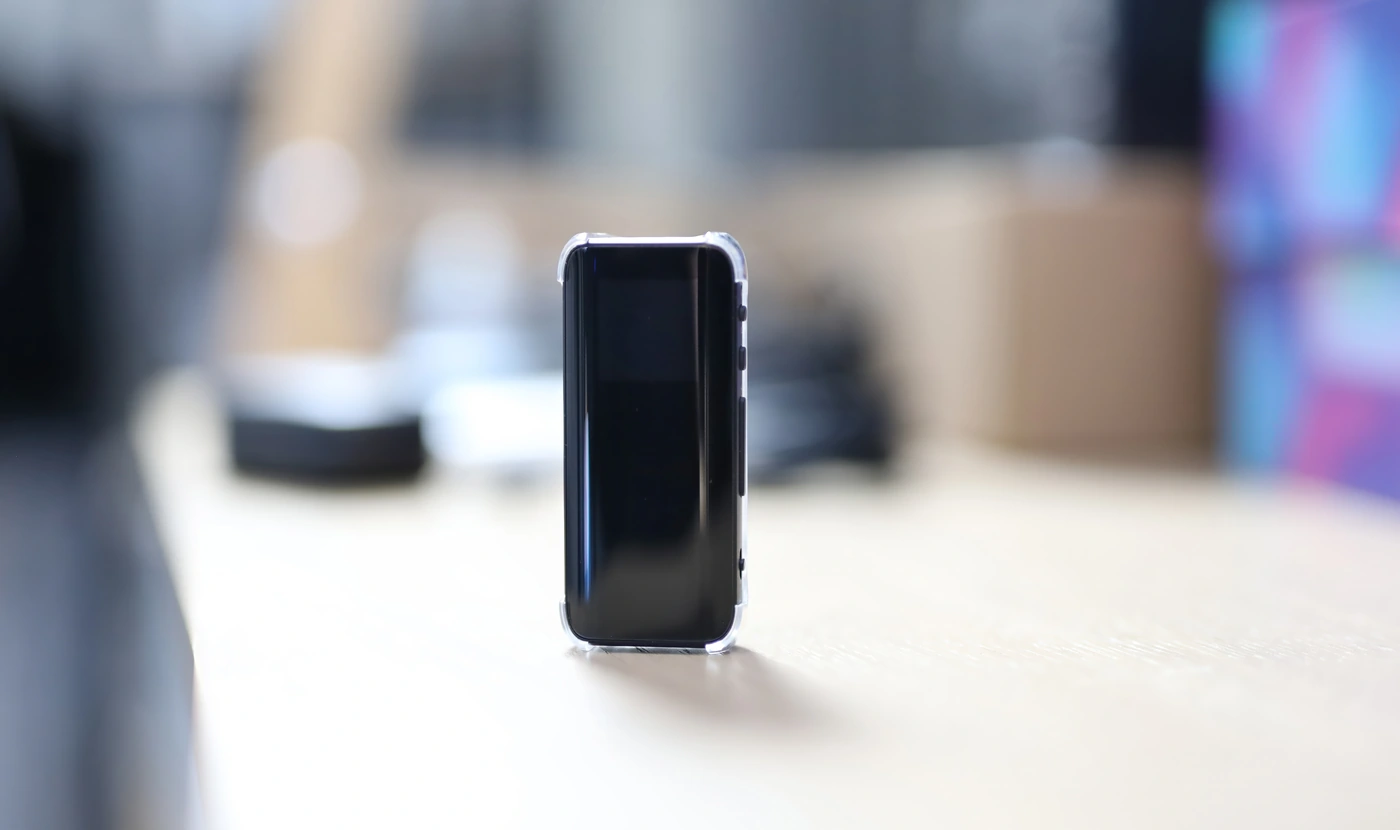
FiiO BTR15 vs Shanling UP4 2022 (119 USD vs 149 USD) – Shanling UP4 2022 has been a super popular DAC AMP, and it has a similar size and weight, but it is wider than BTR15, and a bit shorter. While BTR15 has volume buttons, UP4 has a volume wheel, and both have about the same battery life in practical usage, and if using similar algorithms, and similar volume levels. The sound of UP4 2022 is clearly better over the wired USB DAC input, and it has an audible compression for Bluetooth, while BTR15’s Bluetooth compression is much harder to hear and less evident. The driving power of BTR15 is higher, and it can handle hard to drive headphones, including planar magnetic headphones more easily, BTR15 has a more neutral sound, with UP4 respecting the Shanling house sound, and having a fuller sound, smoother treble, more presence of the sub-bass, and less focus on the treble, and a softer transient response. Both are great, and UP4 2022 is great if you don’t mind the size, and if you need a warmer, smoother sounding DAC AMP, while BTR15 has a better DSP / EQ implementation, the Bluetooth algorithm is less evident, and it has more driving power, being easier to recommend, as it is also cheaper, if you want a more neutral sound.
Value and Conclusion
Although the Bluetooth receiver market now has competition, and many companies have taken on the quest of beating FiiO’s original BTR5, it is FiiO who manages to really create a device that not only overcomes the original BTR5 in a clear way, but also provides a tangible upgrade. The best part is that despite the constant inflation in all the sectors of our world, BTR15 is actually 119 USD, just 10 USD more than the original BTR5, but offering a much better performance, better design, and just a better device.
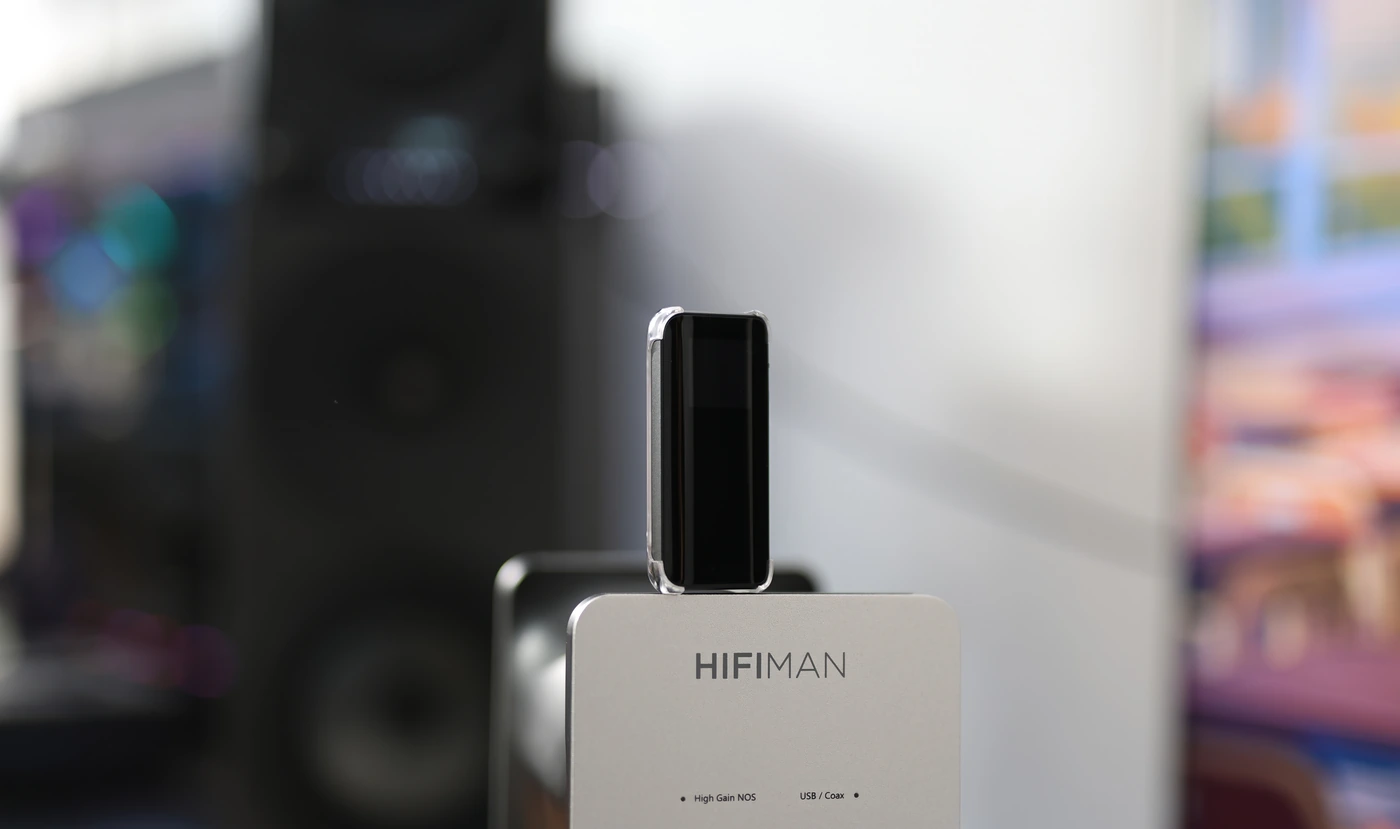
Before the end of today’s review, BTR15 is quintessentially an excellent Bluetooth Receiver and the same way BTR5 took the market by surprise when it was released, BTR15 offers the same level of revolution, so it ears a place in the Audiophile-Heaven Hall Of Fame for its exceptional sonic performance.
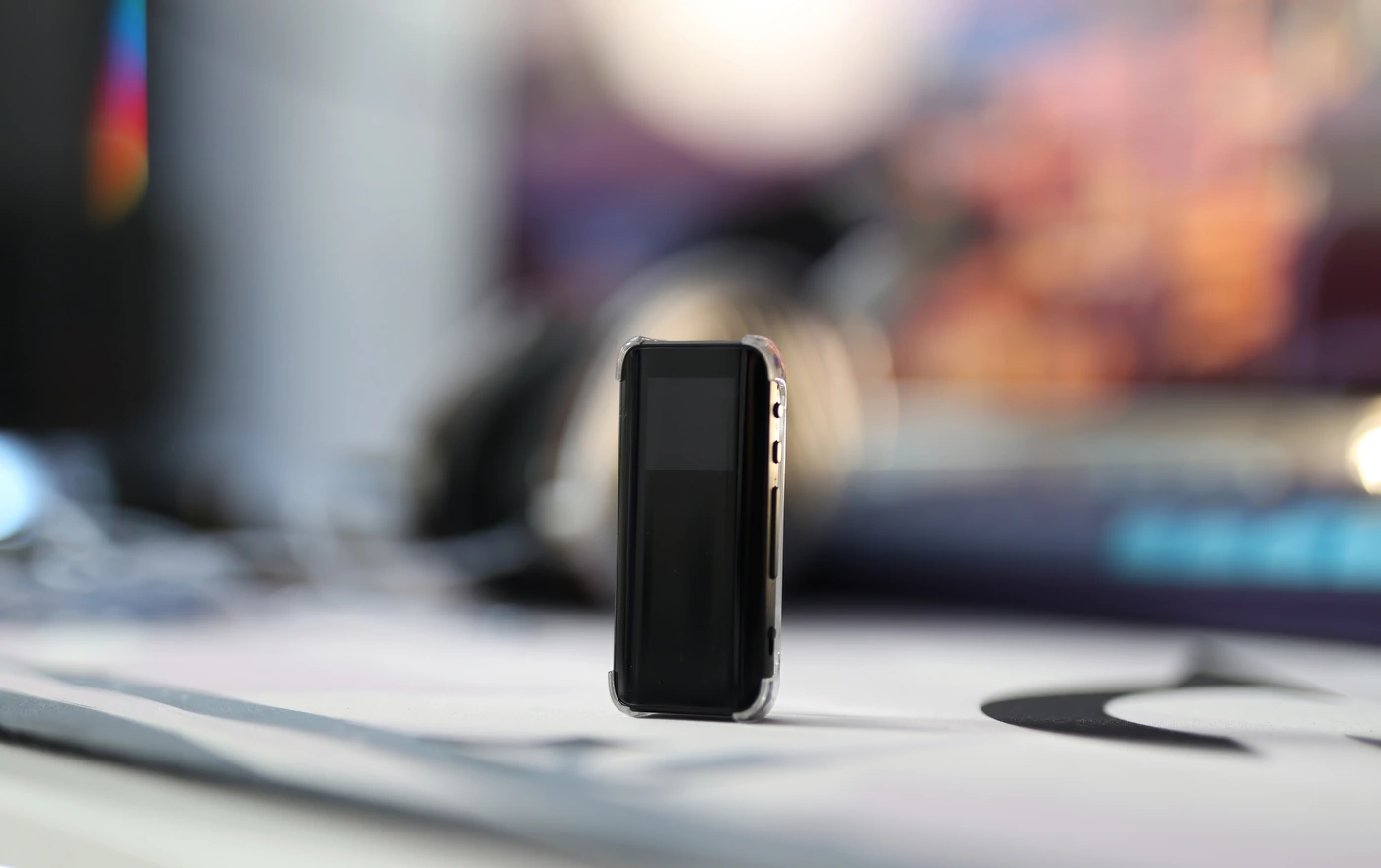
At the end of the day, if you’re looking for a way to use your high-end IEMs and headphones, without breaking the bank, but having access to a complex, high-end EQ that works for both the Bluetooth input and the USB DAC input, with a rounded, full sound and with a good treble extension, FiiO BTR15 is right now the best Bluetooth receiver I can recommend for its size and 119 Pocket-friendly price point.
Product Link
You can grab one from www.amazon.com here – https://amzn.to/49mHXLq
If you’re in the UK, you can grab one from www.amazon.co.uk here – https://amzn.to/3HIwslM
And if you’re from Europe, you can grab one from www.amazon.de here – https://amzn.to/492uCZ2
--- Please remember to stay safe, and always have fun while listening to music!---
- If you have a dime to spare, please donate, and help us! It would make the day brighter for me and my wife-
Full Playlist used for this review
We listened to more songs than those named in this playlist, but those are excellent for identifying a sonic signature. I recommend trying most of the songs from this playlist, especially if you’re searching for new music! The playlists are different for Spotify, Tidal and Youtube, and based on the songs I enjoy and are available on each!
https://www.youtube.com/playlist?list=PL_cjBXGmwSHSdGcwuc_bKbBDGHL4QvYBu
https://open.spotify.com/playlist/5J3oloz8Riy9LxEGenOjQ0?si=979ba4f082414be7
https://tidal.com/browse/playlist/330fd544-8e5b-4839-bd35-676b2edbb3d5
--- Contact Us ---






Will there be any improvement in sound quality if I use the BTR15 connected to Focal Bathys by 3.5 jack cable?
Will it improve the sound quality to match the connection from a phone directly to Focal Bathys?
Also, can you please specify those differences for both usb-c wired connection as well as for phone to bluetooth BTR15 to jack 3.5mm?
Hii! Because Bathys do not have a true passive mode, the sound would be slightly worse using BTR5 with Bathys, but that’s an inherent problem with their design, not with BTR15. This is because Bthys will over amplify the signal and it will result in a higher noise floor than if using their bluetooth connection.
The wired connection of BTR15 does not have the same compression issues as the bluetooth connection, that’s a long story, but bluetooth will always compress a signal, cut some of the information out, and it is audible for most people, but doesn’t bother a big majority of people, and it sounds good enough while walking and being outdoors
George, thanks as always, been hoping that you’ll review this =)
I wonder if you’ve also had a chance to try Fiio’s BTR7?
Hii and thank you! I have not reviewed the BTR7 yet, but it should be on its way to me after CNY ends